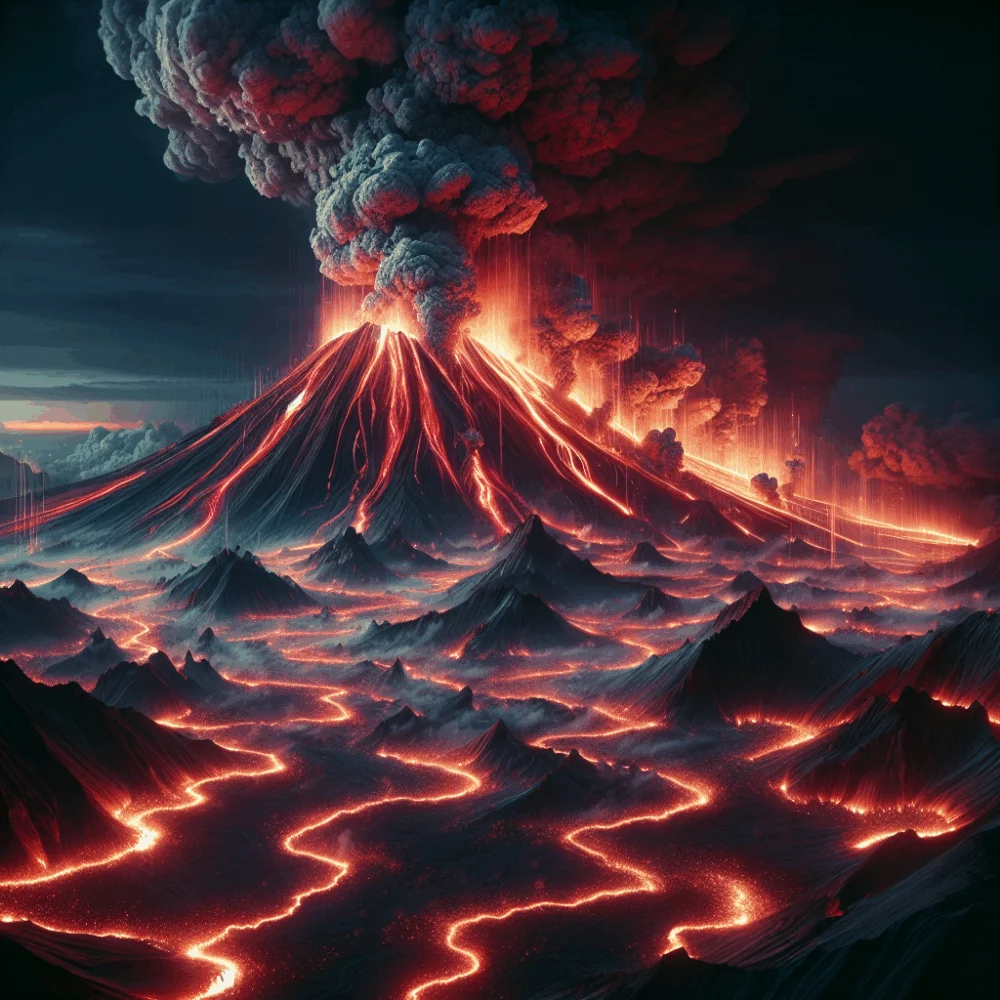In recent weeks, the topic of the Russian volcano eruption earthquake has gained significant traction in both media and scientific discussions. The interplay between volcanic activity and seismic events is a complex and compelling subject, drawing the attention of geologists and the general public alike. This article will delve into the causes, implications, and fascinating occurrences surrounding the recent volcanic eruptions in Russia, particularly focusing on how these natural disasters are interconnected with earthquakes.Volcanic Activity in RussiaRussia is home to a multitude of active volcanoes, particularly in the Kamchatka Peninsula, an area recognized for its volcanic activity due to the Pacific Ring of Fire. The Kamchatka volcanoes often produce spectacular eruptions, which can lead to significant geological changes and have a profound impact on local ecosystems and human populations. The occurrence of a volcano eruption in this region can often precede or follow an earthquake, creating a dual threat to the stability of the area.One recent example of such an event occurred at the Shiveluch volcano, where a spectacular eruption sent ash plumes several kilometers into the atmosphere. This eruption was detected following a series of tectonic tremors, illustrating the relationship between volcanic eruptions and earthquakes. The increasing seismic activity often signals that magma is moving beneath the Earth’s surface, causing the ground to shake and leading to eventual eruptions.When examining the Russian volcano eruption earthquake, it’s essential to understand that earthquakes often stem from the movement of tectonic plates around volcanic regions. These earthquakes can range from minor tremors to significant quakes that can cause extensive damage. The geological shifts associated with volcanic eruptions create pressure changes that often trigger further earthquakes, posing a continual risk to the nearby populations and infrastructure.The scientific community has been actively studying these phenomena, utilizing advanced technology to monitor volcanic activity and seismic patterns. Understanding these dynamics can help predict potential eruptions and earthquakes, providing crucial information for disaster preparedness in vulnerable regions. By analyzing historical data, geologists can also identify patterns that might indicate future seismic events linked to volcanic activity.Impact on Local CommunitiesThe implications of a Russian volcano eruption earthquake extend beyond geological interest; they also critically affect local communities. When a volcano erupts, it can disrupt air travel, affect water supplies, and lead to health hazards due to volcanic ash. In cases where earthquakes accompany these eruptions, the potential for infrastructure damage increases significantly. Homes can be destroyed, roads can become impassable, and essential services can be interrupted.Local authorities are continuously working on developing effective response strategies to mitigate the effects of these natural disasters. Evacuation plans, emergency services training, and public awareness campaigns are key components of disaster preparedness. Communities living near these geological hot spots are encouraged to stay informed about the potential risks associated with volcanic eruptions and earthquakes.In conclusion, the connection between volcanic eruptions and earthquakes in Russia is a compelling topic that warrants further exploration. Understanding the mechanics behind these natural events not only enriches our knowledge of geology but also enhances our preparedness to respond effectively to such disasters as they occur.—For the second part of this article, we will dive deeper into specific case studies of previous volcanic eruptions accompanied by seismic activities in Russia, evaluating their impacts and response strategies.Case Studies of Russian Eruptions and EarthquakesTo truly grasp the significance of the Russian volcano eruption earthquake, it is useful to examine notable historical events. One prominent case to consider is the 2003 eruption of the Karymsky Volcano, which was preceded by a series of localized earthquakes. As the magma chamber beneath the Karymsky Volcano filled, tremors increased in frequency and intensity, signaling an imminent eruption. The resulting ash cloud affected air traffic in the region and reminded residents of the volcano’s power. The connection between the preceding earthquakes and the eruption drew the interest of volcanologists who sought to predict future events based on past data.The response of the Russian authorities during this event highlighted the importance of monitoring volcanic activity and seismic changes closely. Early warning systems enabled residents to evacuate and prepare for potential fallout from the eruption. This case study exemplifies how effective monitoring and rapid response can mitigate disaster impacts on communities.Another significant event occurred in 2010, when the Tolbachik Volcano erupted after an extended period of dormancy. Geologists noted that an increase in seismic activity had occurred in the months leading up to the eruption, suggesting that magma was moving underground. This eruption led to substantial lava flows and ash emissions, once again illustrating the direct correlation between volcanic activity and seismic events in Russia.Through these examples, we see the profound effects of volcanic eruptions and earthquakes on the landscape and the communities that inhabit it. The lessons learned from these episodes underscore the importance of geological research and the need for preparedness strategies.Advancements in Monitoring TechnologyTo improve our understanding of these hazardous events, advancements in monitoring technology have become imperative. Modern seismographs and satellite imaging allow scientists to study the Earth’s movements with unprecedented accuracy. These technologies have significantly enhanced our ability to forecast volcanic eruptions and earthquakes, which can save lives and reduce property damage.Additionally, researchers are investing in developing models that simulate the potential outcomes of volcanic eruptions and their associated seismic activities. Evaluating risks and probabilities can help communities plan better and implement more robust safety measures. It is through such innovations that we advance our capacity to cope with the Russian volcano eruption earthquake phenomena, ensuring that future generations are better prepared for the threats posed by Mother Nature. Ultimately, the interaction between these geological forces not only shapes our world but also challenges our capacity to protect it. —In summary, understanding the connection between volcanic eruptions and earthquakes in Russia requires a multi-dimensional approach. By analyzing past events, leveraging current technologies, and implementing effective disaster preparedness strategies, we can better equip ourselves against the potential hazards posed by these natural disasters. Moving forward, it is crucial that we continue scrutinizing these phenomena to unlock new insights that can aid communities vulnerable to such catastrophic events.










